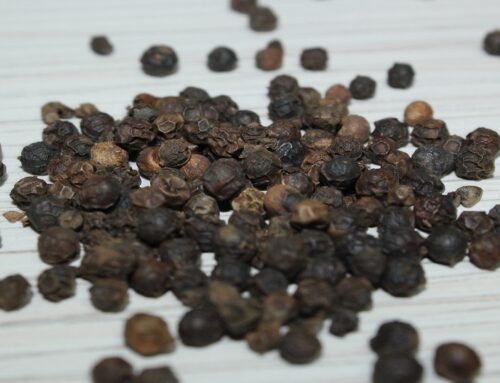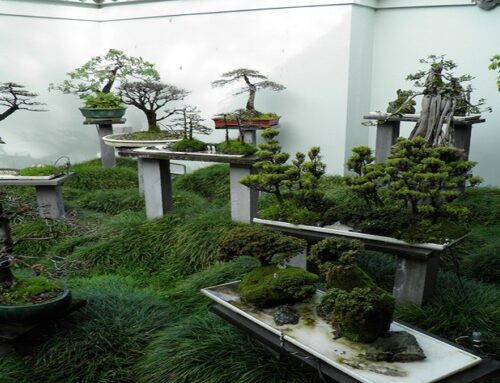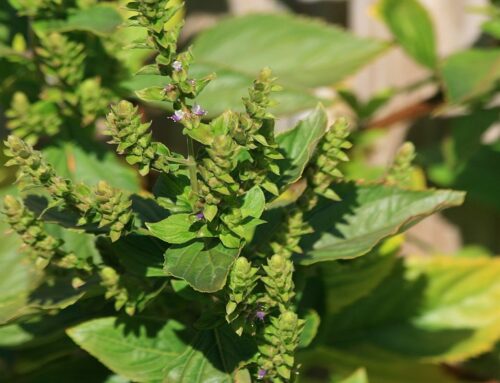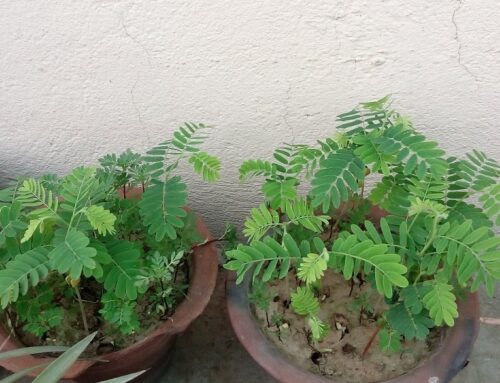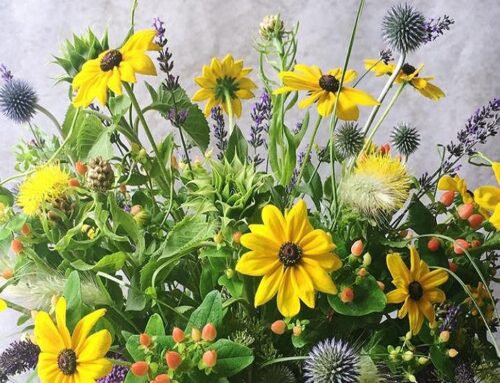Introduction
Lilies are considered as those cut flowers which enliven the environment by their charismatic appearances with most beautiful colors. It is one of the best flowers planted by most of the gardeners depending on their survival conditions. These are also regarded as addition of personality to the places wherever these are planted be it gardens, or in pots or inside. Besides its decorative qualities, the flowers also have cultural meanings. Lilies symbolize purity, beauty, motherhood, compassion and love. Some of these are also fragrant which make wonderful cut flowers in addition to other virtues like pot and container plants.
Taxonomy, Botanical Classification and Centre of Origin
True lilies belong to the family Liliaceae, genus Lilium that is a Latin name. In the past, the word “Lily” is to describe many plant but the true species of Lilies belong to family Liliaceae only. These flowers are originated in the Asian countries like Japan, Korea and China including new world countries such as United States of America and Canada. These are perennial plants that are generally propagated by their non-tunicate bulbs and grow up to a height of 1 to 2 meter. Some of the lilies also produce stolons and rhizomes as their storage organs to survive in adverse conditions. The flowers are large with varied ranges of colors like white, yellow, orange, and pink and red. Some of them are often fragrant. These have trumpet shape with long stem.
Use and Common Varieties for Home Gardens
Lilies perform best when grown as cut flowers to decorate the homes as the stalk has long vase life and with the addition of preservative solution in the water, the longevity increases to a greater extent. Some of the popularly known species that are under cultivation by most of the commercial growers and gardeners are:
- Lilium auratum-They are Pale Yellow or Off-white in color. Spices are Queen of Lilies or Golden Rayed Lily
- Lilium candidum-They are Pearl in color and spices include White-Madonna Lily
- Lilium pardalinum-They are found in Red with yellow centre pattern with dark red spots and spices include Leopard Lily
- Lilium tigrinum-They are found in Fire red with purple spots and spices include Tiger Lily
- Lilium bulbiferum croceum-They are Tangerine orange in color and spices include Orange Lily of Europe
- Lilium longiflorum-They are Pure White and fragrant in color ad spices include Easter Lily
- Lilium martagon-They are found in Dull Purplish red color and spices is Martagon Lily
Cultivation Techniques for Lilies in Home Gardens
Climate Requirements
The flowers thrives all climatic conditions except the places which are extreme hot and cold. The temperature range at which the flowers produce best quality blooms and foliage is 20 to 30 degree Celsius
Soil Requirements
Lilies grow well in a fertile soil having good water holding capacity with proper drainage facility as it rots the bulbs if water is not drained. The soil should be fertile up to depth of at least 60 centimeter. The preferable type of soil for most of the varieties of lilies ranges from acidic to neutral with a pH of 5 to 7 while some also thrive well in alkaline soil of more than 7.5 as the pH and some are lime tolerant too. Sometimes mulching also helps in holding the soil.
Site Selection and Field Preparation
The site should be sunny with plenty of sunlight up to 6 to 8 hours in a day and a little of partial shade. The sunlight helps in production of quality blooms with full colors and vibrancy. Also the beds should be slightly sloped that face south direction in the garden where the gardener is deciding to plant the bulbs. A deep ploughing up to 1 meter is essential to turn the top soil deep. The ploughing is followed by missing if well rotten farm yard manure and leaf mould and leveling.
Propagation and Planting
Lily comes under non-tunicate groups of bulbs and hence Scaling method of vegetative propagation is generally recommended by most of the florists. Bulblets can also be planted directly. Other methods like using seeds and bulbils are also common but this method takes more time to make flower as these are not matured. The bulbs are planted during September to October in plains. For the hilly areas, the bulbs which flowers during rainy season are planted in March to April period whereas those flowering in early summers are planted in October and November months. There is a common rule to arrive at the depth of planting the bulbs. It is generally considered that the depth of the bulb should be 2 to 3 times the size of the bulb. But the depth also depends on type of soil that is in heavy soils, shallow planting is recommended while the opposite is the case under light soils such as sandy loams. The distance between two bulbs while planting is decided on the basis of size of the bulb, where the smaller bulbs should be planted 15 centimeter apart in order to cover the space with more number of plants, the medium sized bulbs should be planted in a distance of 20 to 25 centimeter and there should be 30 to 45 centimeter space between two large sized bulbs.
Utmost care should be taken not to allow the bulbs to come in contact with fresh manure and a very small amount of sand in also kept at the bottom where the bulbs are supposed to plant.
Irrigation and Fertilization
The flowers need good amount of water during their entire growth stages. Though the plants do not require daily irrigation yet it is better to know how to water these bulbous plants. Watering should be done in such a way so that the water enters deep inside the soil to reach the bulb. Excessive watering is always avoidable especially on the top parts. Hence if there is facilities of micro-irrigations mostly drip irrigation, it is considered as the best way to irrigate this flower crop.
Other Cultivation Practices in Lilies
Mulching
Mulching is an important cultural practice in Lily cultivation. It is mainly done to hold the soil and reduce the erosion thus helps in ensuring that the roots are holding the plant firmly and utilizing sufficient nutrients from the soil. Mulching also helps in reducing the percentage of weeds and thus reducing the extra work of regular weeding and hoeing.
Staking
The plant bears flowers in elongated stems which are prone to be taken away while exposing with strong winds. To save the blooms, staking is required at the time when the flowering season comes. Before staking, it is better to remove all the dead flowers and foliage in order to allow quality and infection flowers and also to save the time in staking those.
Harvesting
The harvesting stage for lilies as a cut flower is when the buds are just about to open with a tinge of appearance of colors. The cutting should be done diagonally with the help of a sharp blade to prevent the stem from injury and infection. The stem is then dipped in water in order to retain the moisture. When placing in vase inside the room, it is advised to remove the lower leaves so that there will be no leaf in contact with the water. With the addition of little preservative, the life of the flowers is elongated to a much extent.
The bulbs are dug out of the soil when the entire foliage completely dries up. The soil and other material are then removed from the bulbs and allowed to dry under the shade for few months. It generally takes 30 to 45 days for the bulbs to be ready to for storage. Before storage, the bulbs are graded and packed separately. The grading depends on the variety and sizes of bulbs.
We have a book on ‘Growing Lilies‘….
Check out our publishing services here…
We publish top quality videos on various ‘Food & Agriculture’ topics. You may subscribe our video channel here…


